"Oh old friend, a lot of time has passed since our last meeting." I know John, to long. Long story short, college started + part-time job... so not a lot of free time bud. Also there is this girl from the first year that hurts my heart everytime I see her... she just dumped me after dating for 2 months. Said that she doesn't think that she meets the expectations of my mother? It's not like she was going out with my mom. Like what the-
"Girls are complicated creatures amigo. You still have me and the family from this sub. Give it time and it will heal. We are all bros in here, don't you ever forget this." Thanks John and thank you guys, from the sub for the support that you have showed for those posts. I really meant it.
On a serious note, the story written above is true. I don't wish the feelings that I feel to my worst enemy. But you know how it is... just give it time. Enough of me crying. Time to get to the post.
"Stop crying bro. Let's talk for an example about the topic that we will discuss today, ok? Take your mind from her for a second." Ok, I really appreciate it Johny. Today we will talk about Decentralized Prediction Markets. Here is a short explanation of what they are :
They are like digital platforms where people bet on future events using blockchain technology. These markets cover a wide range of predictions, from cryptocurrency prices to political outcomes. They aim to provide more user-friendly and diverse options compared to traditional platforms, which often have high fees and restrictions. With decentralized prediction markets, users can even create their own markets.
"How do these protocols work?" Here is your answer John :
Prediction protocols are different from traditional prediction markets, and they work in two main steps:
- Market-Making: This involves creating and managing prediction markets.
- Resolution: This step determines the outcome of the prediction and how winnings are distributed.
"Could you describe them more in detail?" Sure thing John :
In market-making prediction protocols, there are two types of shares: YES (long) and NO (short). These shares determine payouts based on whether an event occurs.
In a simple prediction market, a YES share pays $1 if the event happens and $0 if it doesn't. A NO share pays $1 if the event doesn't happen and $0 if it does. For instance, "Will Bitcoin reach $100,000 by December 31, 2021?" is a basic category-type market.
For more complex questions with multiple answers, like "Who will be the US President in 2025?" with options like Joe Biden, Kamala Harris, and Trump, there are shares for each option. The share prices depend on supply and demand, like stock prices.
Scalar markets, on the other hand, deal with a range of possible answers. For example, "What will the price of Bitcoin be on November 10, 2021?" might have a range of $0 to $200,000. Participants pick specific prices within this range. If the actual price falls within the range, winnings are divided among participants, with more going to those closest to the actual price.
Resolution is about determining how to confirm if an event occurred. For instance, to decide if Bitcoin surpassed $100,000 by December 31, 2021, the market maker specifies the source for this information, like Coinbase.
Getting accurate information is crucial, and prediction protocols rely on sources like public APIs or oracles to provide data. Sometimes, human validation is needed, especially for unique events like "Will Vitalik Buterin marry before 2022?"
To prevent false information, prediction protocols use decentralized methods because they can't monitor everything. They've come up with various solutions to tackle this challenge.
"Can you give me some examples of prediction market protocols?" Yes, we will discuss about 2 of them. The first is Augur :
Augur is a prediction market protocol that runs on Ethereum. It uses a unique method to ensure accurate information reporting through rewards and penalties.
When a market on Augur closes, there's a reporting period where someone, either the market creator or a designated reporter (DR), provides the outcome. The DR has 24 hours to report and must stake Augur's native token (REP or REPv2) as collateral.
REP and REPv2 tokens are similar, but REP is more versatile. However, REP holders can't participate in disputes. For simplicity, we'll refer to both as REP.
The DR's choice becomes the Tentative Winning Outcome (TOR). This TOR can be challenged. If it is, a dispute period of one week opens, and REP holders can stake tokens on the outcome they believe is correct. This can go through up to sixteen rounds.
If there's no dispute, part of the winnings compensates the DR, with the fee rate based on the total value of REP tokens in circulation. In case of a dispute, those who staked on the correct outcome get a share of REP tokens from the losing side, in addition to fees. Those on the losing side lose their REP tokens.
"And the second one?" The second one is called Omen :
Omen is a prediction protocol created by DXdao and based on the Gnosis protocol. It operates on Ethereum and xDai.
Unlike Augur, Omen doesn't rely on community incentives for reporting and resolving markets. Instead, it uses a decentralized community-driven oracle called Reality.eth. This oracle verifies real-world events for smart contracts.
Most markets are resolved through Reality.eth, where community members decide on topics based on fees. Users on Reality.eth post bonds for their chosen outcomes, and others can challenge them by posting a new answer and doubling the bond. This process can repeat until no one else posts a bond, and the final answer is determined.
Once Reality.eth completes its resolution duties, it provides the outcome to the corresponding Omen market. If an Omen user disagrees with the result, they can appeal through Reality.eth to an external arbitrator called Kleros. Kleros selects jurors randomly and uses game-theory incentives to ensure anonymous voters reach a consensus. Those who bet on the correct outcome get rewarded, similar to Augur.
"What are the diff between them?" Here are the details :
- Resolution Process: Augur incentivizes users and market creators to report information accurately by using rewards and penalties within its ecosystem. Omen, on the other hand, relies on an external decentralized autonomous organization (DAO) called Reality.eth for reporting real-world events. In essence, Augur is more self-reliant.
- Liquidity Handling: Augur v2 uses 0x's off-chain order book, meaning that orders are collected off-chain and settled on-chain. In contrast, Omen operates similarly to decentralized exchanges like Uniswap, using Automated Market Makers (AMMs) to create larger liquidity pools for token pairs. Omen's outcome tokens can also be wrapped into the ERC-20 standard, allowing them to access external decentralized exchanges and tap into larger liquidity pools. Augur's outcome tokens are limited to its internal liquidity pools.
- Market Activity: As of April 28, 2021, there was limited market activity on both platforms. Augur had only seven created markets, with significant trading volume in the top three markets totaling just under $3,000. Omen had four markets, but they had a combined trading volume of approximately $7,200 (though not shown in the image provided).
In summary, Augur focuses on creating incentives and penalties within its ecosystem for accurate reporting, while Omen outsources reporting to an external DAO. Omen also uses AMMs and can access larger liquidity pools compared to Augur's internal liquidity. However, both platforms had relatively low market activity at the time of the analysis.
"And what about our oldest enemy, the risk?" Glad that you asked me this John :
The main worry with prediction markets is whether the data can be trusted. Even though there are rewards to encourage honest reporting, there's still a chance that some people might try to mess with the results for their own gain. Additionally, when there are disputes over outcomes, it can become a lengthy and expensive process to resolve them.
"Any notable mention?" I actually have only one this time friend (2021 Data) :
Polymarket is a prediction market platform that was active on Ethereum in April 2021. It hasn't published its full technical details yet, but it seems to combine aspects of both centralized and decentralized systems. Polymarket was gaining popularity quickly, with more than sixty prediction markets, and its top market had around $2 million in trading volume.
TL;DR :
Decentralized prediction markets: Bet on future events using blockchain. Challenges: data trust, dispute resolution.
How they work: Two steps - Market-Making and Resolution.
Examples: Augur (incentives), Omen (outsourced, uses AMMs).
Differences: Augur self-reliant, Omen outsources, larger liquidity.
Risks: Data trust, costly disputes.
Notable Mention (2021): Polymarket, gaining popularity.
All of the info above was written by me with the help of the How to Defi book, advanced edition, from Coingecko. Hope it helped others like it did for our boy John here!
I also feel like a shitcoin so you can understand my pain, fellow crypto bros.
[link] [comments]

You can get bonuses upto $100 FREE BONUS when you:
💰 Install these recommended apps:
💲 SocialGood - 100% Crypto Back on Everyday Shopping
💲 xPortal - The DeFi For The Next Billion
💲 CryptoTab Browser - Lightweight, fast, and ready to mine!
💰 Register on these recommended exchanges:
🟡 Binance🟡 Bitfinex🟡 Bitmart🟡 Bittrex🟡 Bitget
🟡 CoinEx🟡 Crypto.com🟡 Gate.io🟡 Huobi🟡 Kucoin.
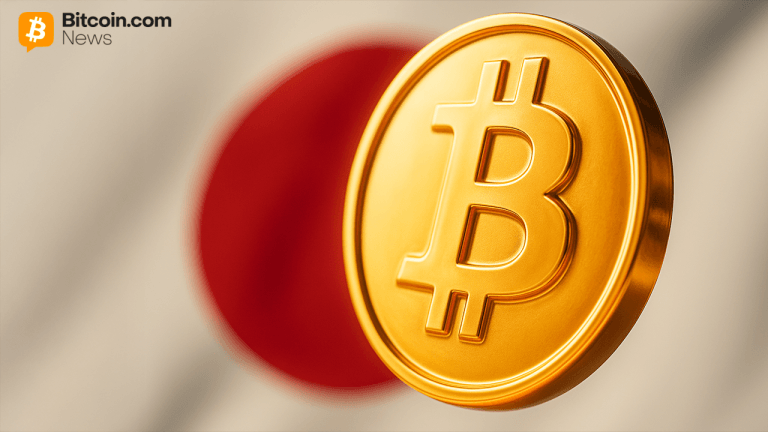


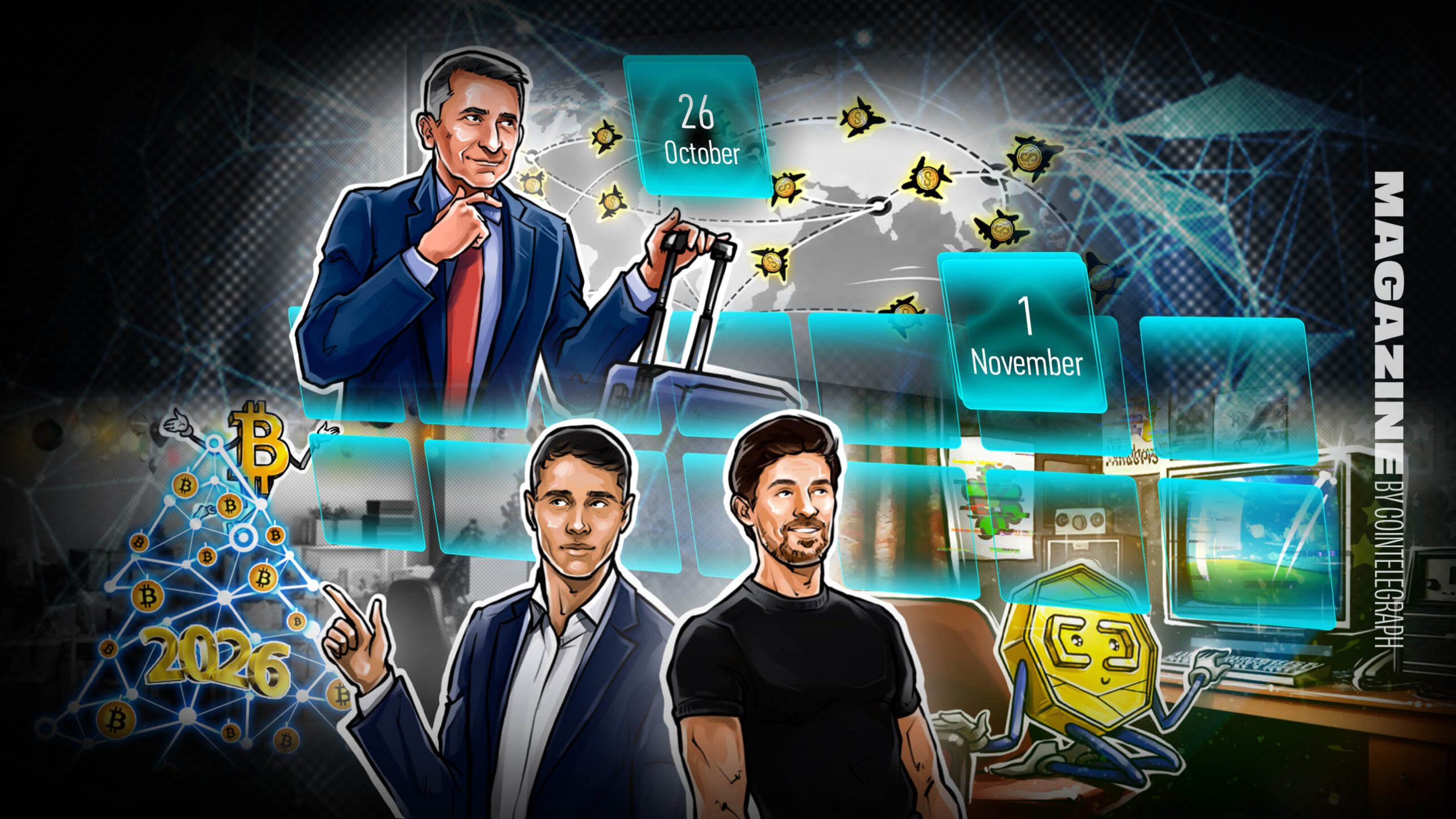

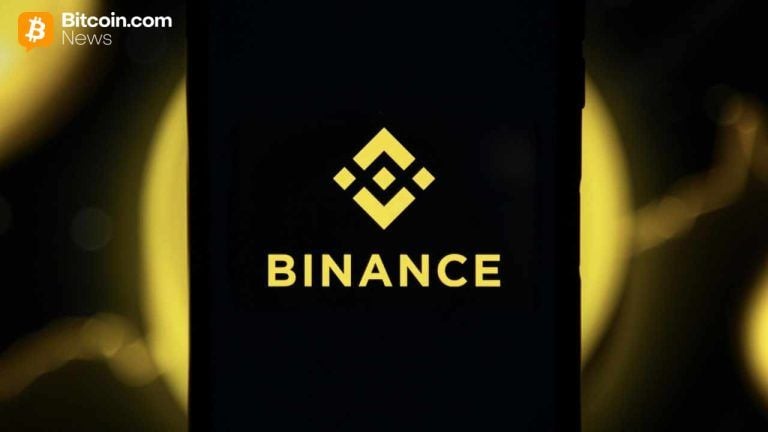
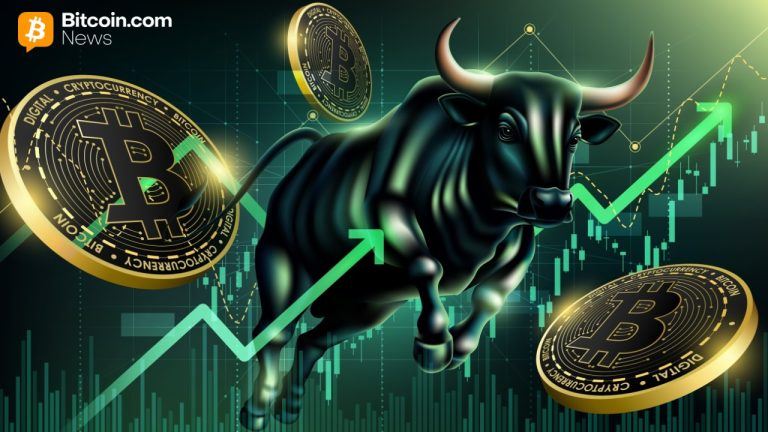

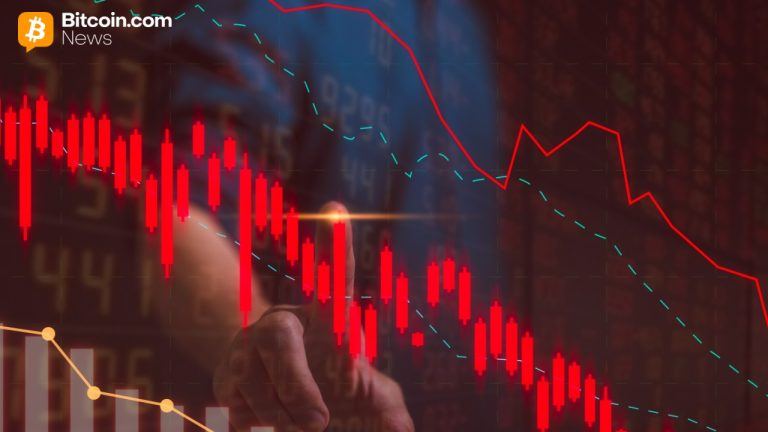



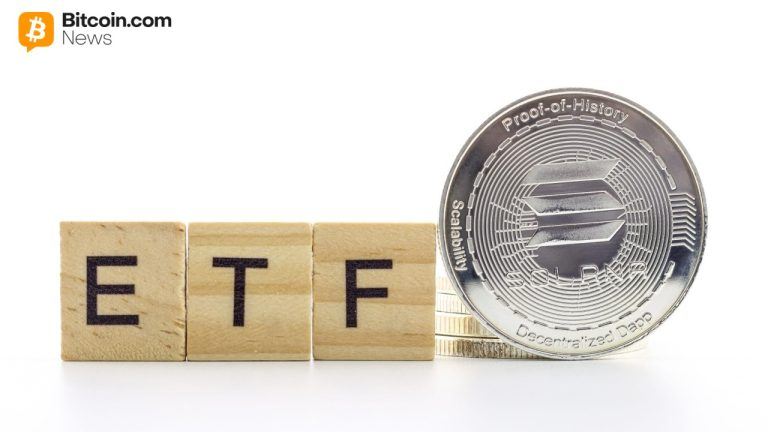

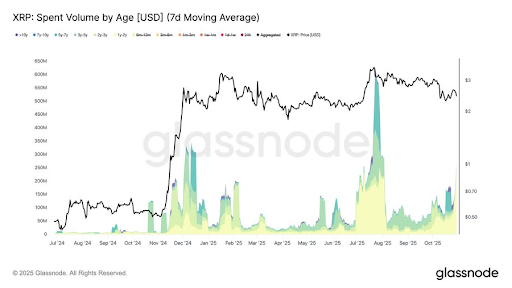
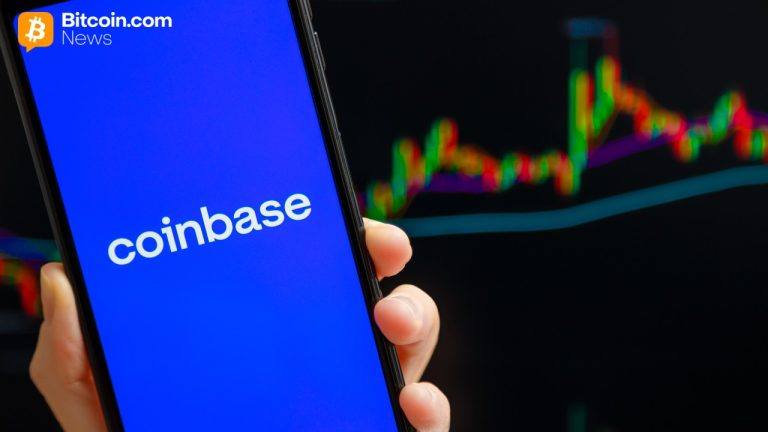
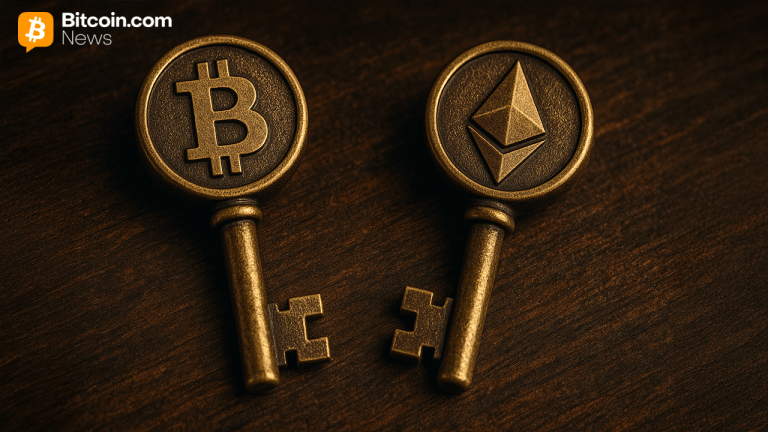



Comments